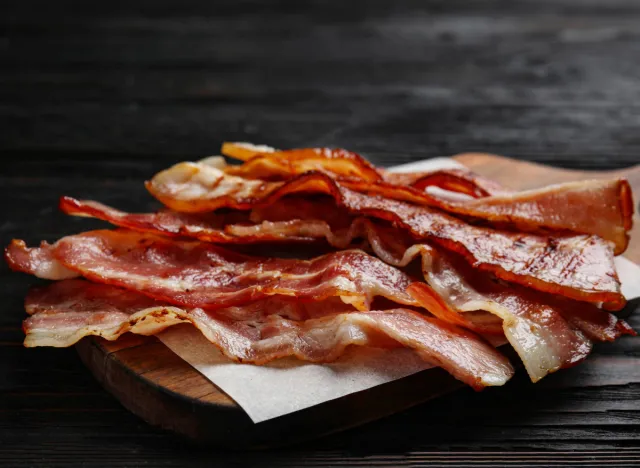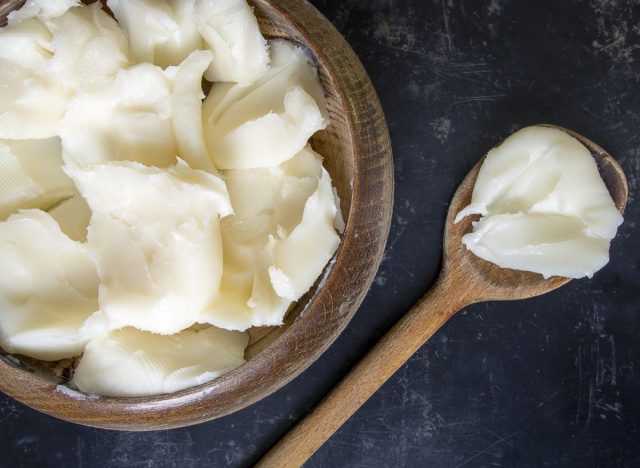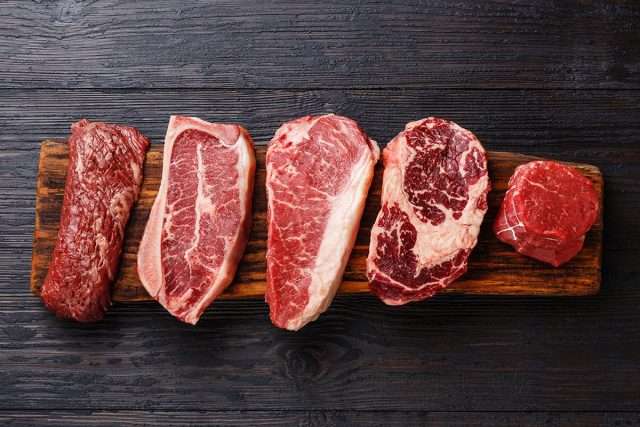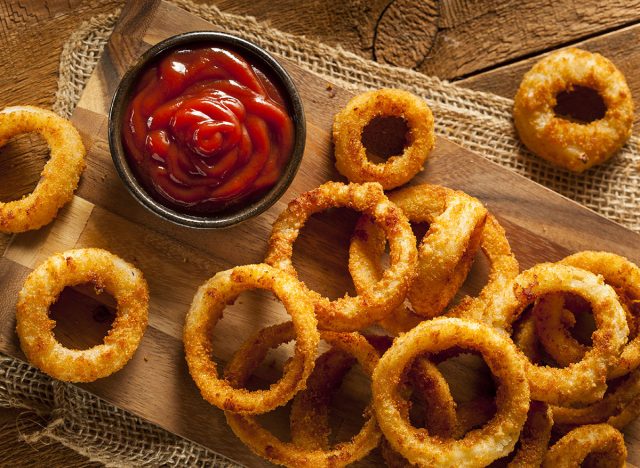Whole grains are a foundational staple of healthy diets. Not only are they a good source of essential nutrients like B vitamins, selenium, magnesium, protein, and fiber, but they also provide hundreds of bioactive compounds that are linked to numerous health benefits. Incorporating a variety of whole grains into your meals and snacks can enhance your overall well-being and reduce the risk of chronic conditions including systemic inflammation, heart disease, type 2 diabetes, metabolic syndrome, and certain cancers.
Due to their fiber and protein counts, whole grains are also more filling than comparable calories from refined grains, so they may help you achieve a healthier weight. The fiber also acts like a prebiotic to help improve your gut microbiome. The public health recommendations are that at least half of your total grain servings every day should come from whole grains. Unfortunately, most Americans don't get enough whole grains in their diet.
Let's delve into the 10 healthiest whole grains you can eat, according to science. After getting to know more about their nutritional profiles and health benefits, you'll be ready to include these grains in your daily diet.
Oats
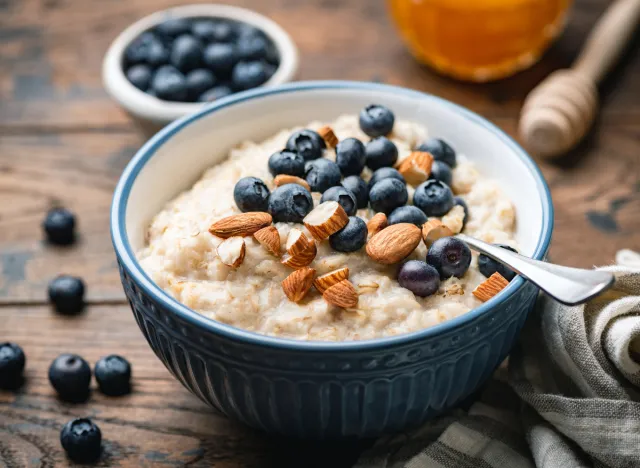
Decades of research have highlighted the numerous health benefits of oats. Oats are packed with soluble fiber, particularly beta-glucan, which has been shown to help lower cholesterol levels and improve heart health. They're also a good source of antioxidants and vitamins. According to a review article published in the journal Foods, oats are rich in bioactive compounds including phenolic acids, sterols, and avenanthramides. Eating oats improves gut health, and helps reduce the risk of heart disease, certain types of cancer, and dermatitis. Oats also help keep you satisfied, thanks to their fiber content.
Quinoa
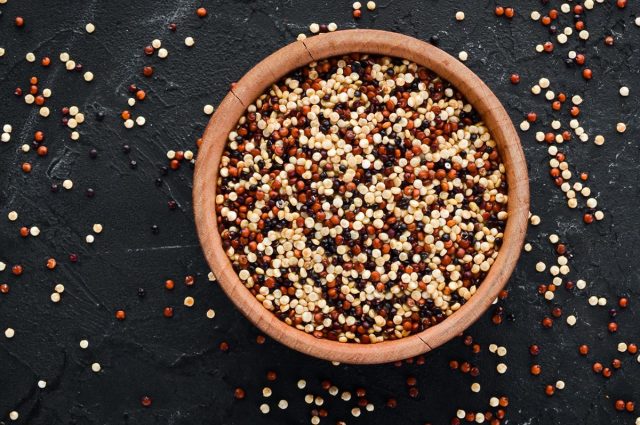
Quinoa is a special whole grain in that it's a complete protein, which means it provides all nine essential amino acids and is classified as a gluten-free food. It's also rich in fiber, vitamins, and minerals, such as magnesium and iron. Quinoa is an ancient grain known as "mother grain" by the Incas and is considered a sacred plant that contributes various medicinal properties. Studies show that it can help prevent different chronic diseases such as diabetes, obesity, anemia, and celiac disease. The health benefits are thought to stem from the many bioactive compounds in quinoa that provide medicinal properties, such as phytosterols, saponins, and phenolic compounds, according to research published in the journal Antioxidants.
Brown Rice
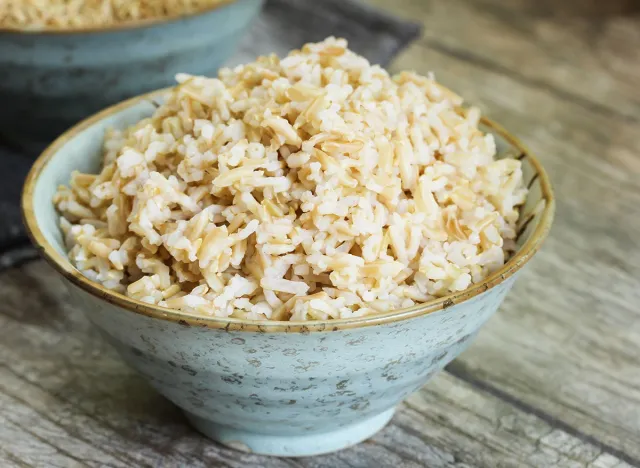
The whole grain brown rice retains the bran, germ, and endosperm. As a result, brown rice provides protein, fiber, and many important vitamins, minerals, and beneficial bioactive compounds. Some of the key minerals in brown rice include magnesium, phosphorus, and selenium. The slower-to-digest brown rice is more filling than refined carbs. One study published in Applied Physiology, Nutrition, and Metabolism reported that individuals who ate brown rice were more likely to control their weight, compared to those who ate white rice. Rice is gluten-free, making it a great option for those who are intolerant to wheat or gluten.
Barley
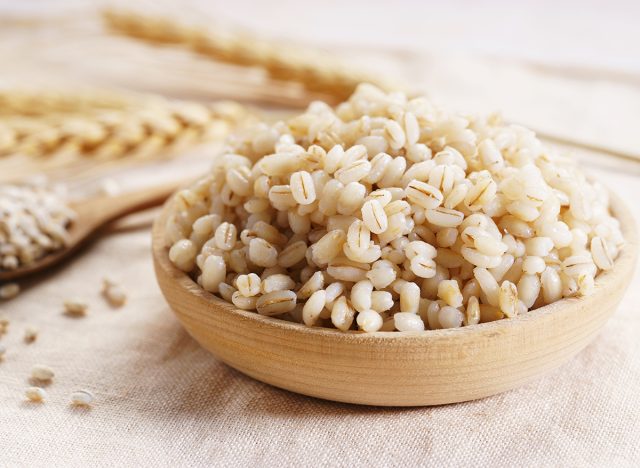
Barley provides similar health benefits as oats, as both contain the unique soluble fiber, beta-glucan. Beta-glucan can slow digestion, to help you feel fuller longer. It also helps lower harmful, LDL cholesterol levels and helps maintain healthy blood sugar and insulin levels. Many countries in the world, including the United States, allow a health claim on barley and barley-containing products for the cholesterol-lowering capabilities of beta-glucan from oats and barley, according to research published in the journal Nutrients. Barley also provides important nutrients like B vitamins, iron, and potassium.
Buckwheat
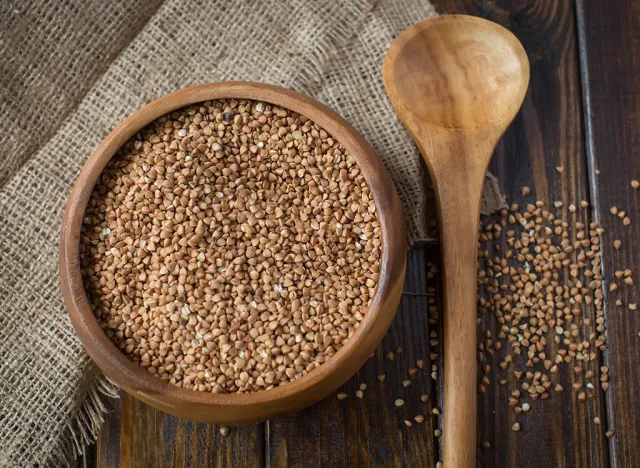
Despite its name, buckwheat is not a wheat, but a seed related to rhubarb and sorrel. It is considered a pseudocereal whole grain. Buckwheat is gluten-free and rich in protein, fiber, and essential nutrients like magnesium and manganese. Buckwheat contains numerous phytonutrients including flavonoids and phenolic compounds with known health benefits, according to research published in Food Science & Nutrition. Buckwheat phytonutrients may help reduce risk for heart disease, certain types of cancer, and may help reduce risk for type 2 diabetes, and reduces inflammation.
Whole Wheat
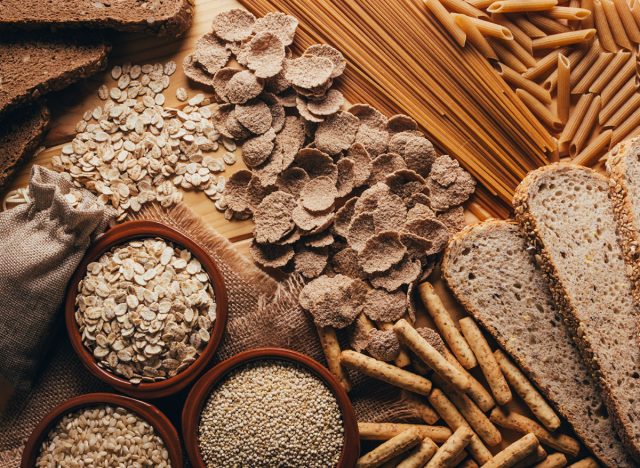
Whole wheat refers to the intact wheat kernel, including the outer bran layer, the nutrient-rich germ, and the starchy endosperm. Regular consumption of whole wheat products has been linked to a reduced risk of heart disease, stroke, and type 2 diabetes. Many of the health benefits of whole wheat stem from its fiber content as well as the antioxidant phenolic compounds present in the wheat kernel's outer bran layer. One study published in the journal Molecules reported that the antioxidants in the bran may help temper inflammation, prevent heart disease, and lower the incidence of colon cancer.
Millet
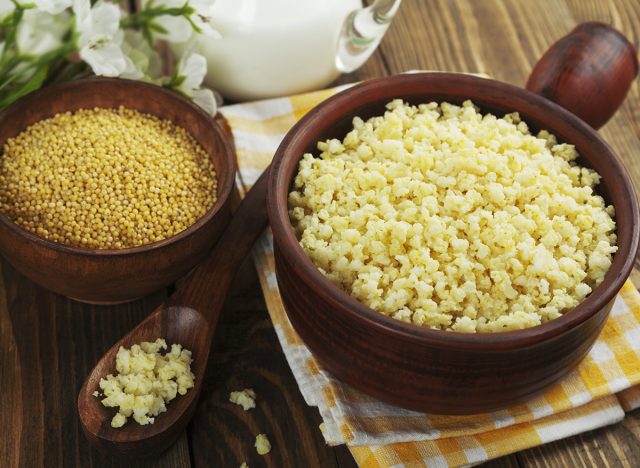
Millet is a gluten-free whole grain rich in fiber, protein, vitamins, and minerals. It's particularly high in magnesium, which is essential for bone health and muscle function. Millet consumption has been associated with improved digestion and reduced risk certain types of cancer. A review article published in the journal Cureus systematically investigated the health advantages of millets. The researchers noted that the fiber in millet, and other bioactive compounds provide anti-cancer effects. The fiber in millet also acts as a prebiotic and it helps slow down the rate of digestion and moderates blood sugar and insulin levels.
Amaranth
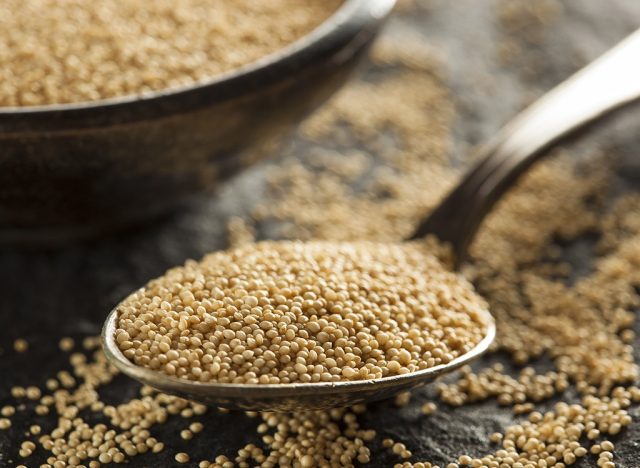
Amaranth is a sustainable, ancient grain that's considered a pseudo-cereal crop. The crop dates back to the Aztecs, Mayans, and Incas in the 16th Century, where it was not only used as food but also considered sacred. Amaranth provides protein, fiber, B vitamins, manganese, magnesium, calcium, iron, and selenium. Plus, it's gluten-free and rich in beneficial phytonutrients that have antioxidant and anti-inflammatory properties, contributing to its potential health benefits. A review study published in the journal Foods indicated that amaranth phytonutrients provide anti-inflammatory, anti-cancer, and neuroprotective benefits. It also has antimicrobial, antiviral, and the ability to help maintain stable blood sugar and lipid levels.
Triticale
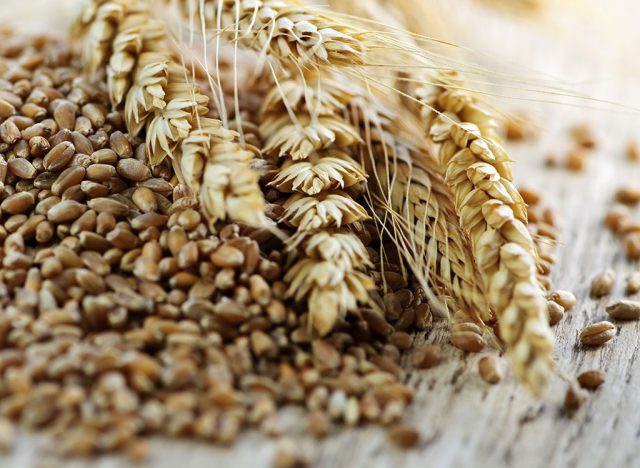
Triticale is a hybrid of wheat and rye, combining the nutritional benefits of both grains. It provides protein, fiber, B vitamins, magnesium, potassium, and iron. It is also rich in antioxidant bioactive compounds that provide heart health, anti-cancer, anti-diabetic and other benefits. Triticale contains polyphenols, according to s review paper published in Food Chemistry.
Sorghum
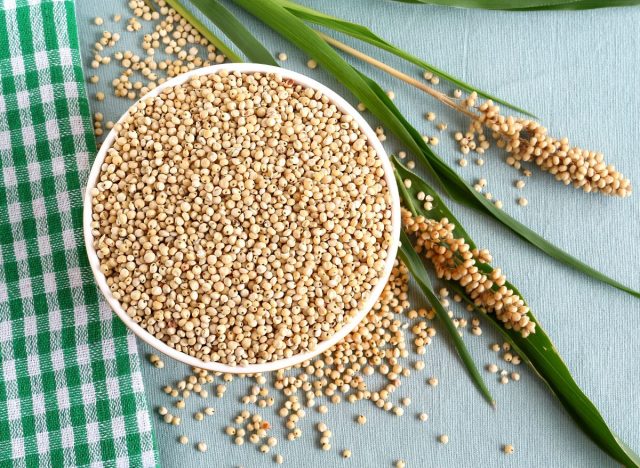
Sorghum originated in Africa around 800 B.C. but has been becoming increasingly popular in other areas of the world as a sustainable grain with myriad health benefits. Sorghum provides 12 essential nutrients—more than corn, wheat, oats, rice, and quinoa. Sorghum is gluten-free and rich in antioxidant phytochemicals. It has been linked to improved heart health, better blood sugar control, and reduced inflammation. One study published in Molecular Nutrition Food Research found that sorghum increased GLP-1 hormone to help subjects feel fuller for longer.
Incorporating a variety of whole grains into your diet can significantly contribute to your overall health and well-being. From quinoa to sorghum, each whole grain offers unique nutritional benefits supported by scientific research. By making whole grains a staple in your meals, you can enjoy delicious, nutritious foods while reaping the numerous health rewards they provide.

